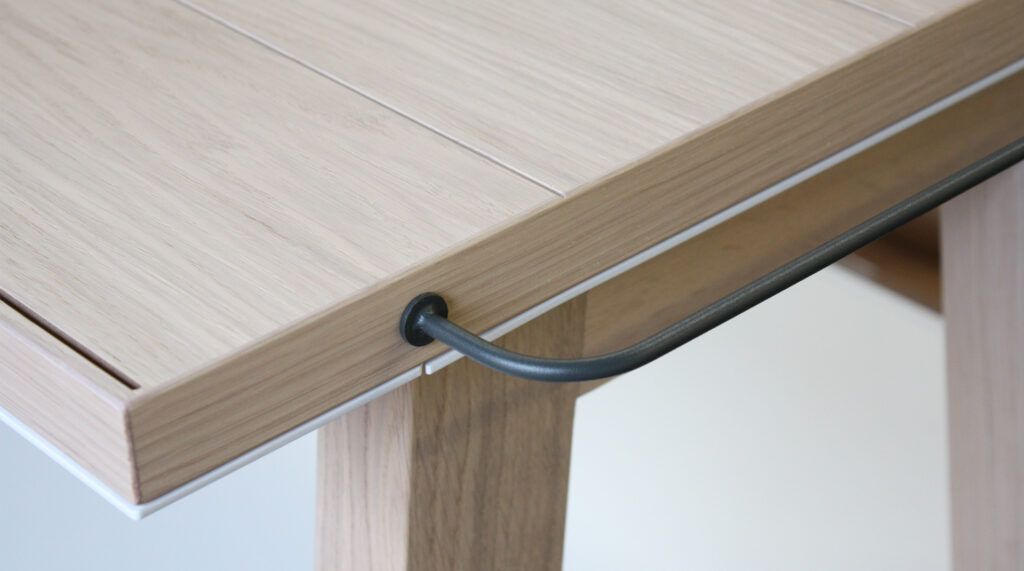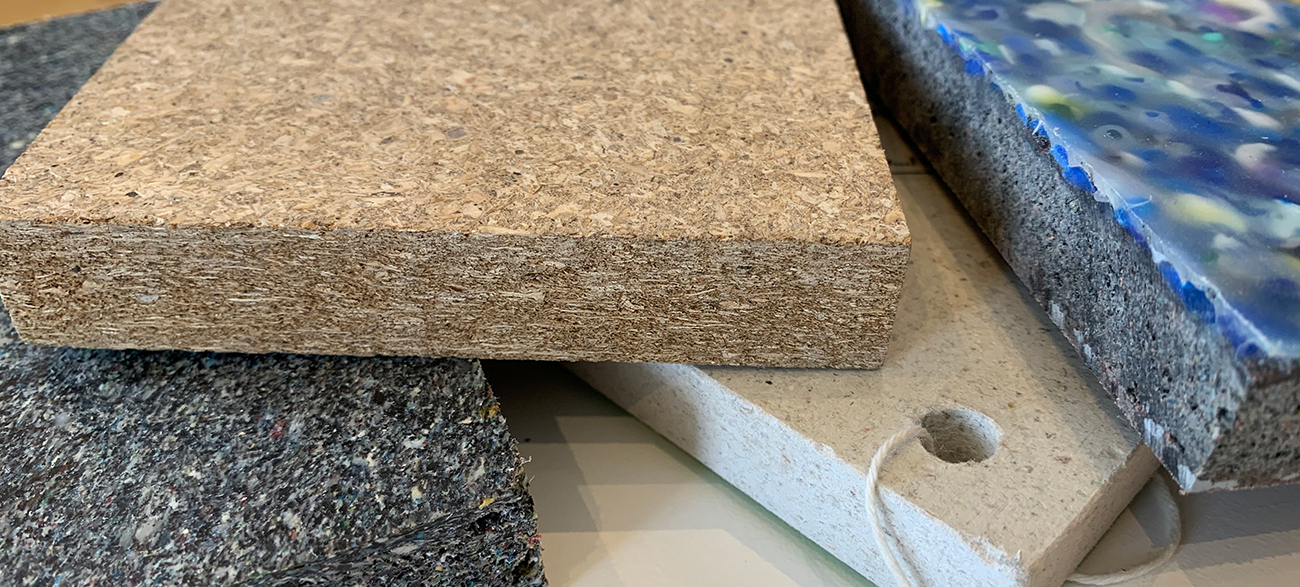sustainability
The no BS guide to sustainability in retail display

As some retailers and consumer brands continue to face criticism and scepticism over their claims of being sustainable, it’s clear that retailers need to do more.
But what do those two words – “do more” – entail?
Certainly, across virtually every industry sector, there are examples of corporates and multinationals making claims about their green credentials or their sustainable approach.
In the retail sector, there are many studies that show shoppers need to be more convinced about sustainability claims. With heightened levels of environmental awareness through TV documentaries, and shocking reports about multinationals ‘greenwashing’ their environmental record, consumers are increasingly looking for solid proof of action being taken to improve sustainability, not just words and pretty pictures.
With sustainability and climate action featuring increasingly in consumer spending decisions, controlling carbon impact should be a central part of retailers’ approach to business.

What should retailers be doing?
For Displayplan, the definition of “do more” means putting our money where our mouth is when it comes to sustainability.
For example, in 2020 we became a carbon neutral company and have maintained this status.
Through the efforts of our leadership, design, and production teams, we continue to provide our clients with sustainable solutions based on proven, practical and realistic actions that reduce embedded carbon in their retail displays.
Sustainability is highly complex and multifaceted, consisting of many different dimensions which start with the design, which controls the environmental impact of our displays through manufacturing partners and suppliers.

Start by measuring carbon
As a supplier of display solutions, Displayplan’s delivery approach puts a single key question at the heart of its sustainability policy: “How can we measure the environmental impact of our retail store displays?”
The answer lies in the Low Impact Shopfitting Tool (LIST), which provides a framework for designers measuring and reducing embedded carbon in displays.
LIST allows us to measure the sustainability of our design solutions and create a benchmark that can show progressive improvement across a range retail display design metrics including materials, energy, and transportation.
It also demonstrates to our clients that we are committed to helping them meet their sustainability goals, through our design for disassembly principles, use of recyclable materials and elimination of single-use plastics.
LIST was developed by sustainability experts at BRE (Building Research Establishment) with retail industry leaders including Displayplan to “enable retailers, designers and manufacturers to evaluate and compare the environmental impact of interior fit-out designs.”
Download Displayplan’s Guide to LIST here.
TOP TIP: retailers and brands should require display solutions providers to factor measurement of embedded carbon into the design process from concept through to end-of-life re-purposing or disassembly.

Reduce Carbon in Retail Displays
When we know the carbon impact of our retail display solution designs, we can take the necessary steps to reducing it by light weighting materials and refining components.
Operational carbon emissions arising from lighting and screens can be measured and reduced by selecting sustainable, energy-efficient suppliers of renewable energy.
Carbon impact can be measured and reduced through the substitution of materials used in display designs. Targets for carbon reduction in retail displays include:
- Choose natural instead of manufactured construction materials: the use of natural, renewable materials such as timber from sustainable sources instead of process-intensive manufactured materials offers a clear route to embedded carbon reduction.
- Opt for sustainable surface finishes: retail display surface finishes such as PVC or other plastic laminates applied to core wood construction materials stop end-of-life recycling. These different materials should not be bonded together permanently e.g. plastic to wood. Instead, paper-based laminates should be used to enable recycling, avoiding landfill or incineration.
- Use recycled material: using recycled content within materials can reduce the carbon impact of a new display e.g. mild steel with 60% recycled content and paper based packaging with 100% recycled content.
- Make display designs modular: designing modular elements into a retail display means you can efficiently build any size display to suit the store and replace worn out components individually, saving considerable wastage.
- Choose sustainable display substrate: switching graphic substrate materials from Foamex (PVC) to card reduces CO2 significantly because card is easier to recycle.
- Modify display designs to use less material: using less material in retail displays reduces embedded CO2. For example, reducing plywood thickness from 25mm to 18mm saved 16% of embedded carbon and cuts down weight.
- Source sustainably wherever possible: sourcing locally or regionally reduces delivery miles and carbon impact compared to international freight, while flatpack designs that optimise box size and palletisation, reduce shipment volume and improve transportation efficiency.
TOP TIP: retailers and brands should use a sustainably conscious retail design specialist to create low-carbon displays, incorporating “design for disassembly” principles into the whole display lifecycle from the start of the process to end-of-life.

Carbon offsetting what can’t be reduced
Carbon offsetting has – in some quarters – drawn a fair amount of criticism. That’s because many of the companies that talk about it on their websites and in their CSR statements are involved in heavily carbon producing sectors such as oil and gas or air transportation.
However, for the retail sector, and considering the measurement and reduction steps discussed above, carbon offsetting does represent a valid path towards a more sustainable way of business.
What is carbon offsetting?
Where carbon emissions produced via business operations cannot be reduced to zero through reductions alone, carbon offsetting aims to counterbalance the carbon through other positive measures and interventions. Examples include:
- Forestry and conservation
- Renewable energy
- Community projects
- Waste to energy conversion
Not all carbon offsetting schemes deliver in the way intended, and it’s also true that some organisations use carbon offsetting as a veil for the continuation of environmentally damaging and unsustainable business operations.
The key is to find an offsetting programme which will work most efficiently to deal with the carbon footprint of your particular business.
For some organisations with a relatively small carbon footprint, a single activity scheme such as tree planting scheme be sufficient to offset it.
For others, a multi-benefit activity which involves the business in promoting renewable energy or making clean water available may be more appropriate and can feed into a CSR programme.
Developing a Carbon Offsetting strategy
The risk of carbon offsetting is that it can be a ‘lip service’ strategy that looks better than it delivers on real behavioural change; as mentioned above, to be truly beneficial, a carbon offsetting strategy should be used once every avenue of carbon reduction has been followed. Carbon offsetting is not just an extra cost of continuing with environmentally unsound business processes and operations.
Displayplan’s approach is to:
- Offset our operational Tier 1 and Tier 2 GHG emissions through a credible, established carbon credit programme and reduce our future environmental impact.
- Measure the carbon in our retail display designs so that our clients can make their own offsetting decisions either through their own initiatives or our strategy.
TOP TIP: when selecting a carbon offsetting scheme, be rigorous in researching credibility of the provider. Look for validation and verification accreditations from organisations that show adherence to safeguards, stakeholder inclusivity and proof of sustainability impact. Be careful too to ensure that the principles and values of your carbon offsetting partner align with those of your organisation, your clients and your supply partners.
Next steps
If you choose to work with Displayplan, you are assured that through our work with our carbon credit partner, we can support and enable your company’s journey toward carbon net zero.
Through our carbon measurement and reduction methodologies and our identified market-leading partner, we can offset the carbon in your retail display solutions or provide a measure of the carbon in your retail display design solutions for you to make your own offsetting decisions.
